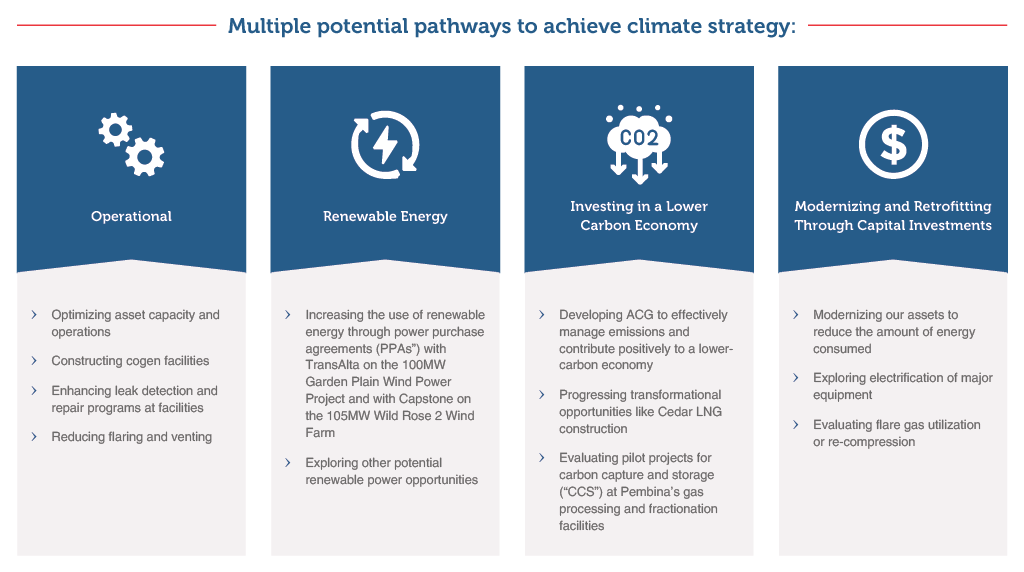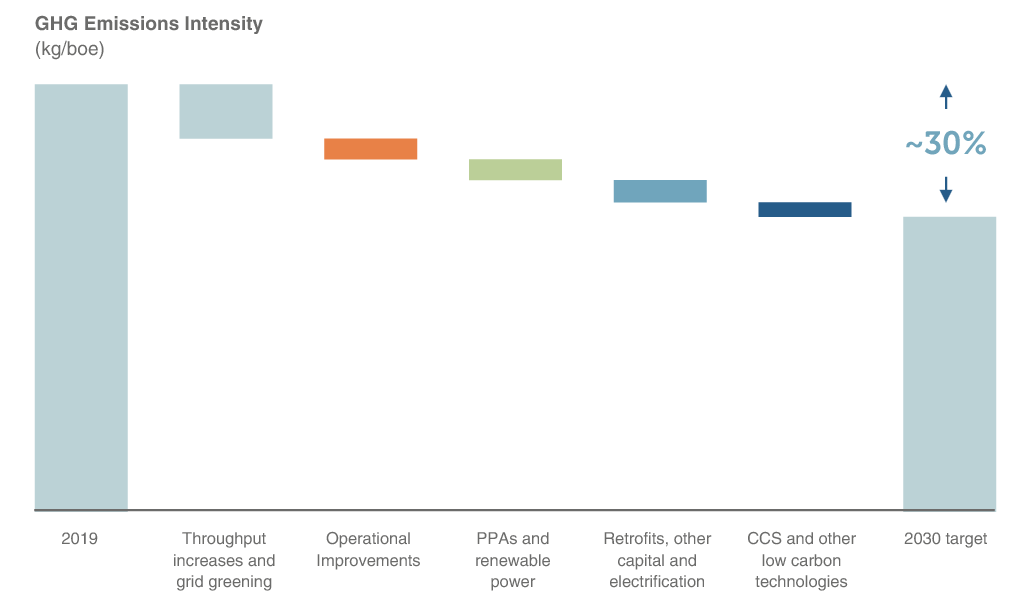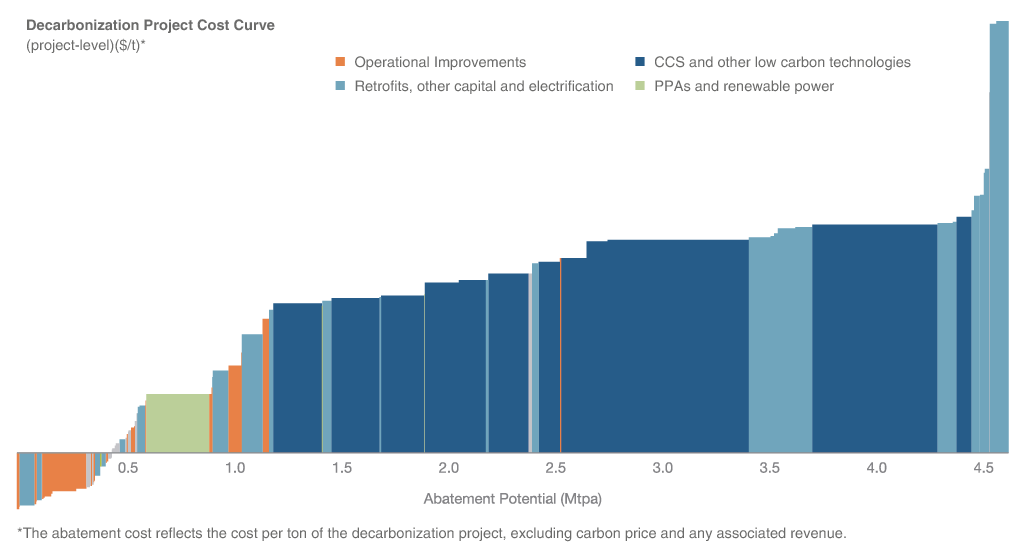Health, Safety and Environment Policy
Environmental Stewardship
For details on Pembina's Greenhouse Gas (GHG) emissions, land use and biodiversity, see our latest performance report.

Committed to protecting the environment; because we live, work and play here too
Health, Safety and Environment Policy
Environmental Stewardship
For details on Pembina's Greenhouse Gas (GHG) emissions, land use and biodiversity, see our latest performance report.

In 2024, we undertook a major initiative to develop a detailed 30 by 30 roadmap to understand potential GHG reduction opportunities and costs. We remain focused on advancing our current 2030 target, including decarbonizing both our operating assets and electricity supply, while also leveraging the benefits of grid greening and increasing utilization of our assets. The roadmap identifies the projects to be prioritized to meet our target and provides an estimate of the associated costs, including near term budget needs for project development and engineering. At the same time, we are exploring transformative decarbonization solutions across Pembina’s operations.

Underpinning the 30 by 30 roadmap is an expanded assessment of decarbonization projects and technologies to create a corporate-wide Marginal Abatement Cost Curve (“MACC”). In creating the MACC curve, we identified a range of options to decarbonize our assets and evaluated their costs, revenues, and associated compliance obligation impacts. The assessment has enabled Pembina to identify projects with positive returns, prioritize higher emitting facilities and evaluate trade-offs among various emission reductions projects.
As prudent stewards of capital, our decarbonization roadmap includes prioritizing decarbonization projects that generate a positive rate of return for the company’s stakeholders and are assessed with the same financial rigour as our core business. When evaluating decarbonization projects, we will consider the market-based carbon price, potential operational savings and seek to leverage grants and incentives.

As we move forward in our decarbonization journey, there remain dynamic challenges which introduce risk and complexity to meeting our emissions reductions. These include:
Considering the challenges and complexities involved in reaching 30 by 30, along with our focus on executing economically viable projects, there is the possibility that our ability to achieve our target by 2030 could be delayed.
1Pembina’s 30 by 30 target is based on an operational control approach to define our organizational boundaries for GHG reporting and includes all material scope 1 and 2 emissions sources and sinks associated with Pembina operated facilities and pipelines, as well as corporate activities.
